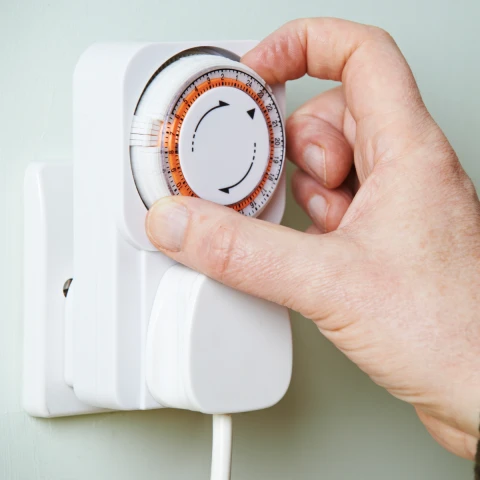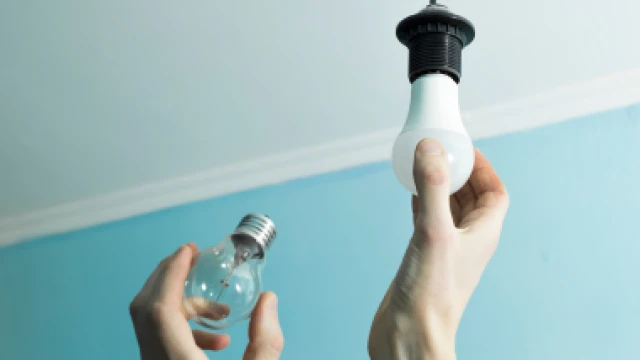Timers and sensors
You don’t have to remember to turn off the lights

You don’t have to remember to turn off the lights
Did your parents nag you constantly to ‘turn off the lights!’ when you left a room? Timers and sensors can take care of the problem for you — and therefore reduce energy use in your home.
Low cost and relatively easy to install, timers and sensors control lighting and electricity when rooms and appliances aren’t being used. This saves on power and extends the functional life of bulbs and appliances. Timers can also help with security, switching lights on and off when no one is at home.
In terms of the value of switching appliances and bulbs off, the Energy Efficiency and Conservation Authority (EECA) reports that ‘simple switch-off habits’ could save your household around $200 a year.
Dubbed ‘vampire power’ or ‘phantom current’, the standby mode on your appliances can waste power. However some simple strategies can provide an easy solution.
Consider grouping your devices, such as the DVD player, gaming console, decoder and television, with one timer. Resembling multiple outlet power boards, these timers will sense when the primary load, such as the television, is switched off. The timer then automatically powers down all the ancillary appliances.
When you use smart timers you extend the life of appliances and batteries and reduce energy use in your home.
Common brands are Smart Strip® and Watt Stopper®
Begin where usage is highest, such as clusters of kitchen appliances and home entertainment electronics, and work your way down through appliances used less often. In addition to smart strips, there are many different single plug timers for indoor and outdoor use.
You can also purchase heated towel rail timers for under $30 at your local hardware store (if left on all the time, a standard 80W heated towel rail left on all the time costs around $180 a year to run).
Motion sensors, traditionally employed in the security industry, are becoming increasingly popular for achieving considerable energy savings in residential homes.
Sensors come in different types and have different uses, such as:
It’s important to note here that common CFLs (compact fluorescent lights) may not work so well with timers, sensors and controllers.

Here’s a few practical tips and tools to help you save power around the house.

How you use appliances, and how you maintain their condition, are key factors in controlling your energy use.

There are heaps of ways to be a bit more considered about how you use hot water and make some sweet savings in the process.

A fast way to achieve power savings is to switch to LED lights.